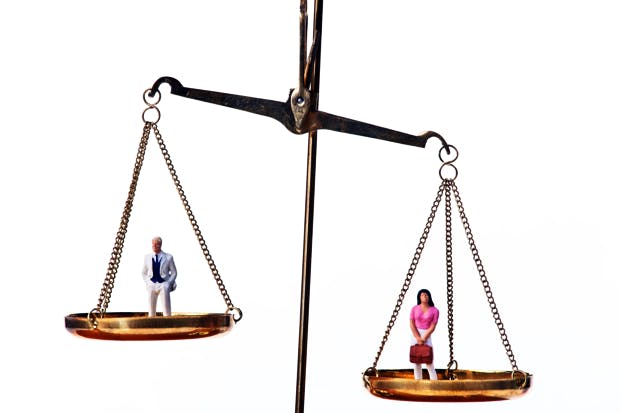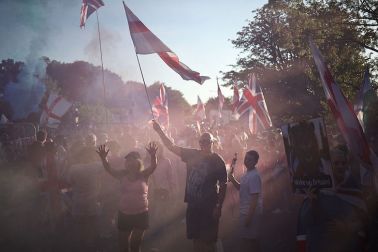The Fawcett Society would have you believe, as part of its Equal Pay Day campaign, that today is the day “women effectively stop earning relative to men”, highlighting the gender pay gap, which they place at 14.1 per cent for full-time workers.
If that number seems high to you, or not reflective of your working environment, that is because this 14.1 per cent can only be achieved by including outlier salaries that skew the figure towards high earners. Rather than using the Office for National Statistic’s official figure of 9.1 per cent (calculated using the median hourly earnings of full-time workers), Fawcett uses the ONS’s mean calculation instead, to achieve a figure five percentage points higher than the preferred figure.
Fawcett claims it uses the mean to take “into account the fact that more men than women are earning higher wages at the top”. But these outlier salaries are no more typical of average male earnings than they are of average female earnings. Brazilian footballer Neymar’s salary is just as uncharacteristic of a normal man’s pay pack as it is of a woman’s.
Breaking down the pay gap between extremely high male and female earners provides us with interesting, and mixed, information. But using the mean to calculate the pay gap overall moves us further away from like-for-like comparisons between men and women in the workplace. This can in no way be used to gauge whether women are receiving equal pay for equal work.
This drift from sober analysis is reflected in other parts of the campaign as well. Where Fawcett breaks down the pay gap by age and region at the end of their Equal Pay Day report, there is one region missing from the list: Northern Ireland. As it happens, Northern Ireland is the only region with a negative pay gap: -3.4 per cent. (Even when measured as a mean, as Fawcett would, the pay gap is 2.9 per cent – a lower percentage than the other, included figures.)
Where comparisons are not helpful (i.e. outlier salaries), the Equal Pay Day campaign includes them; but where comparisons are much more helpful – and paint a positive picture for women in the workplace – they are omitted from the briefing.
Not even the official figures from the ONS are making like-for-like comparisons; job, education, background, and work experience are not controlled for in the pay gap figures. Evidence from the United States suggests that when you further account for such variables, the gender pay gap almost completely disappears. But even without a thorough breakdown of evidence, young women in the UK have every reason to believe that they will receive equal pay; the gender pay gap from women aged 22-39 is negligible. We must stop bombarding them with inflated statistics, cherry-picked and designed to make them feel helpless. We might instead, dare I say, consider celebrating the huge gains women have made in the workforce over the past two decades.
Kate Andrews is news editor at the Institute of Economic Affairs; her briefing on the gender pay gap is out today.







Comments